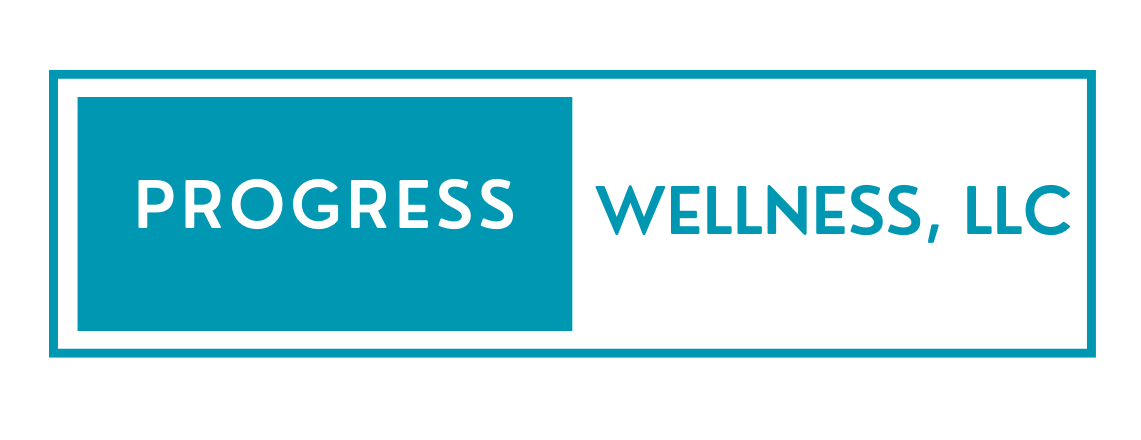‘Present not perfect’ are words that have been on my mind lately. It’s how perfection or wanting something to be perfect keeps us from being present.
Last month, I was thinking about skills I wanted to add back to my life, and one that came up was running. I used to run several days a week for years. When I would run, I would focus on my breathing, my body, the road ahead, and my music. This was my time--my time where I would be present in the moment. I called it my meditation.
However, after a small injury, I stopped running and never got back into the same groove I had. And over time, I stopped running altogether. I would periodically think of it over the years, and go out for a run here and there, but never made an attempt to include it back into my daily routine but I knew I missed it.
This left me wondering why I was resisting running. If I knew it brought me joy, why was I procrastinating going for a run?
And here is what I was saying to myself:
“What if I am so slow that it looks like I am just walking fast?”
“What if I don’t like running anymore?”
“What if I don’t run that far?”
“What if it’s not a perfect run?”
“What if someone in their car sees me run and says ‘wow, look at that slow woman try to run’?”
These were my thoughts! I am laughing now as I write them (especially that last one). But honestly, the doubt and worry that it wasn’t going to be a “perfect” run made me feel anxious and kept me from doing something I wanted to do again.
After seeing my thoughts staring back at me, I realized how distorted they were and I started to challenge them. I probably will be slow. It is definitely not going to be a “perfect run”, and if I ran 50 feet or a mile, no one would care. And if someone did say “look at that slowpoke trying to run” why would that matter? I wasn’t going on a run for anyone else other than for me.
Looking at my thoughts, challenging them, and getting back to why I wanted to run in the first place, helped soften my perfectionist tendencies and put the kibosh on those negative thoughts.
Reframing my negative thoughts and getting back to the “why” helped me get my running shoes on, and myself out the door. I will say that those thoughts fluttered through my mind as I took my first few steps, but they didn’t stop me and before I knew it, I was fully present running and enjoying every second.
This month, I have been on three runs, and I have felt happy with each one. I am slow, I have had some side cramps, and I’ve had to periodically walk, nothing close to whatever perfect might be, but I am so proud of myself for trying. I decided to make Friday’s my outside adventure time where I donate 20 minutes to walk, run, and be present.
I’m sharing this with you because if you want things to be perfect or you fear that they won’t be, this frame of mind can rob you of experiences, enjoyment, adventures, and being present. When you focus on perfection, you lose the meaning of why you want to do something. I wasn’t running for perfection or to become an elite athlete. I was running because it made me happy. When I returned to that, I could see how perfectionism showed me a very distorted and unhelpful view.
If you get stuck in self-doubt or have perfectionistic thinking, start by writing down your thoughts in a journal. When you see what you’re saying to yourself, it can be a bit easier to see where the distortion is and challenge it.
Next, ask yourself why you want to do that one thing perfectionism or self-doubt is keeping you from. Why is it important to you? When you focus on why you want something, it shifts your attention to more positive thoughts and helps you get back into the present moment.






